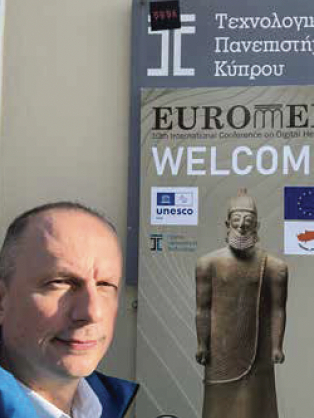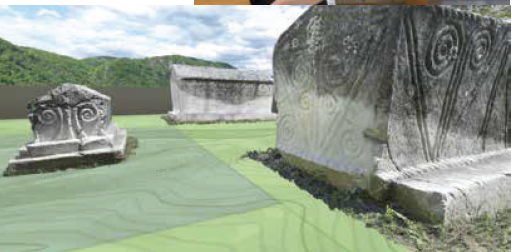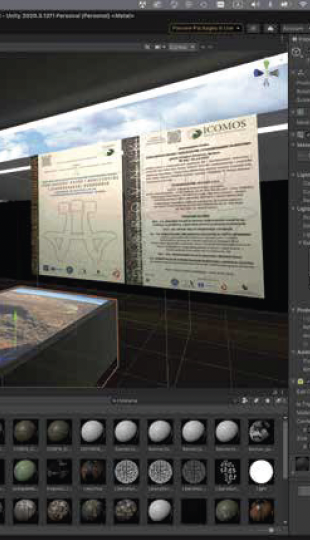
EuroMed is widely regarded as a flagship venue for digital heritage: a biennial conference (10th edition, December 2–4, 2024, Cyprus University of Technology, Limassol) that convenes researchers, heritage professionals, and policy actors to exchange methods and results across 3D digitization, conservation, visualization, and interpretation. Its peer-reviewed proceedings are published by Springer Nature in the Lecture Notes in Computer Science (LNCS) series—ensuring indexing and long-term discoverability—so work presented there circulates both within cultural-heritage networks and the broader computer-science community. A distinctive strength of EuroMed is its anchoring within the UNESCO Chair on Digital Cultural Heritage at the Cyprus University of Technology (CUT)—led by Dr. Marinos Ioannides— which stewards the conference and related initiatives through the Digital Heritage Research Lab.

That UNESCO Chair connection keeps EuroMed close to European and international policy agendas while fostering practical collaborations (workshops, EU projects, competence frameworks) that feed directly back into the community. At EuroMed 2024 I presented the project VR Center for Cultural Heritage: Dubrovnik and Kopošići Stećak Necropolis through both a poster and a conference presentation—using the venue to share methods, compare pipelines, and gather feedback on interpretation layers and visitor-flow design. My submission follows EuroMed’s LNCS publication pathway, aligning my work with a rigorously indexed, highly cited proceedings channel of dissemination.

